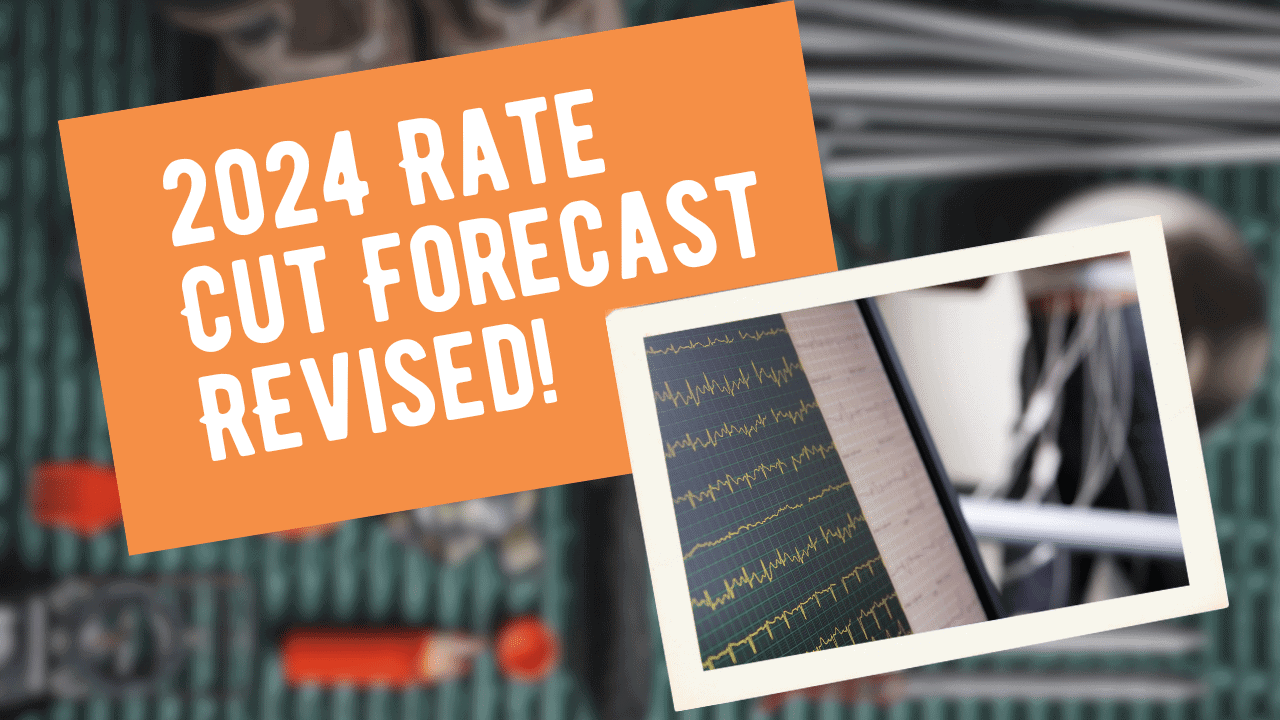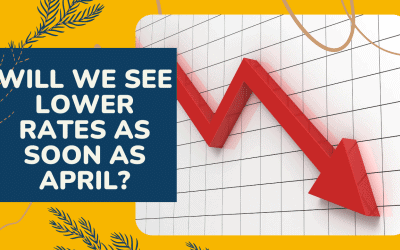An Unexpected Twist
Deciphering the Data: A Closer Look
Last month, Canada’s job landscape witnessed the creation of 37,300 jobs, a figure that masks the interplay between the rise in part-time roles and the decline in full-time employment. The subtle drop in the unemployment rate to 5.7%—the first since the waning days of 2022—might paint a picture of progress, but the devil is in the details. Experts like Bruno Valko and James Orlando have raised flags about the shrinking labor force participation and the disparities in job quality, presenting a less rosy picture than the headline numbers suggest.
“When you drop out of the workforce and stop looking for a job, you’re not counted in the unemployment rate. You’ve given up. Are more Canadians giving up looking?” – Bruno Valko, Vice President of National Sales at RMG
The Economic Undercurrents
The employment report sheds light on a significant contraction across goods-producing sectors, hinting at broader economic challenges. Meanwhile, the slowdown in wage growth for permanent employees aligns with expectations, yet it underscores the nuanced pressures facing the Canadian economy. These indicators, woven together, suggest a labor market that’s bracing against headwinds, with implications that extend far into Canada’s economic narrative.
The Bank of Canada is likely to view this report as further reason for a patient policy stance… A decent job gain, a slide in the jobless rate, and persistent 5% wage growth are hardly the stuff of an urgent call for rate cuts.” – BMO chief economist Douglas Porter
A Cautionary Note on Interest Rates
In the wake of this report, whispers of interest rate cuts have circulated through financial circles. However, it’s crucial to temper expectations, especially for the near term. The bond market’s response—a stark reduction in the odds of a March rate cut to a mere 16%—speaks volumes. It underscores a collective anticipation of patience from the Bank of Canada, with June now eyed as the earliest likely moment for a rate adjustment.
What does this mean for April? Simply put, the likelihood of rate drops in the immediate aftermath of this report is slim. The Bank of Canada, armed with this latest employment data and recent GDP growth figures, finds itself at a crossroads, balancing the need for economic stimulation with the imperative to maintain stability.
“Today’s data confirm that the Bank won’t be in a rush to cut interest rates, and we maintain our expectation for a first move in June… Given indications from today’s data and previously released GDP figures that the Canadian economy is in somewhat better shape than previously expected, we now forecast 25bp fewer cuts by the end of the year.” – CIBC economist Andrew Grantham
Looking Ahead: An Exercise in Economic Prudence
“The Bank of Canada is likely to view this report as further reason for a patient policy stance.” – BMO chief economist Douglas Porter
As the narrative unfolds, it’s clear that the January employment report is but one piece of the puzzle. The Bank of Canada’s path forward will likely be marked by a careful, deliberative approach to policy adjustments, eschewing haste in favor of a comprehensive assessment of the economic landscape. For market watchers and economists alike, the coming months promise a continued intrigue as Canada navigates these complex economic waters.
For now, the message is clear: brace for patience. The immediate prospects for rate cuts, particularly in April, remain faint. Yet, this narrative is far from over, and the economic signals of today will undoubtedly shape the policy decisions of tomorrow.






0 Comments